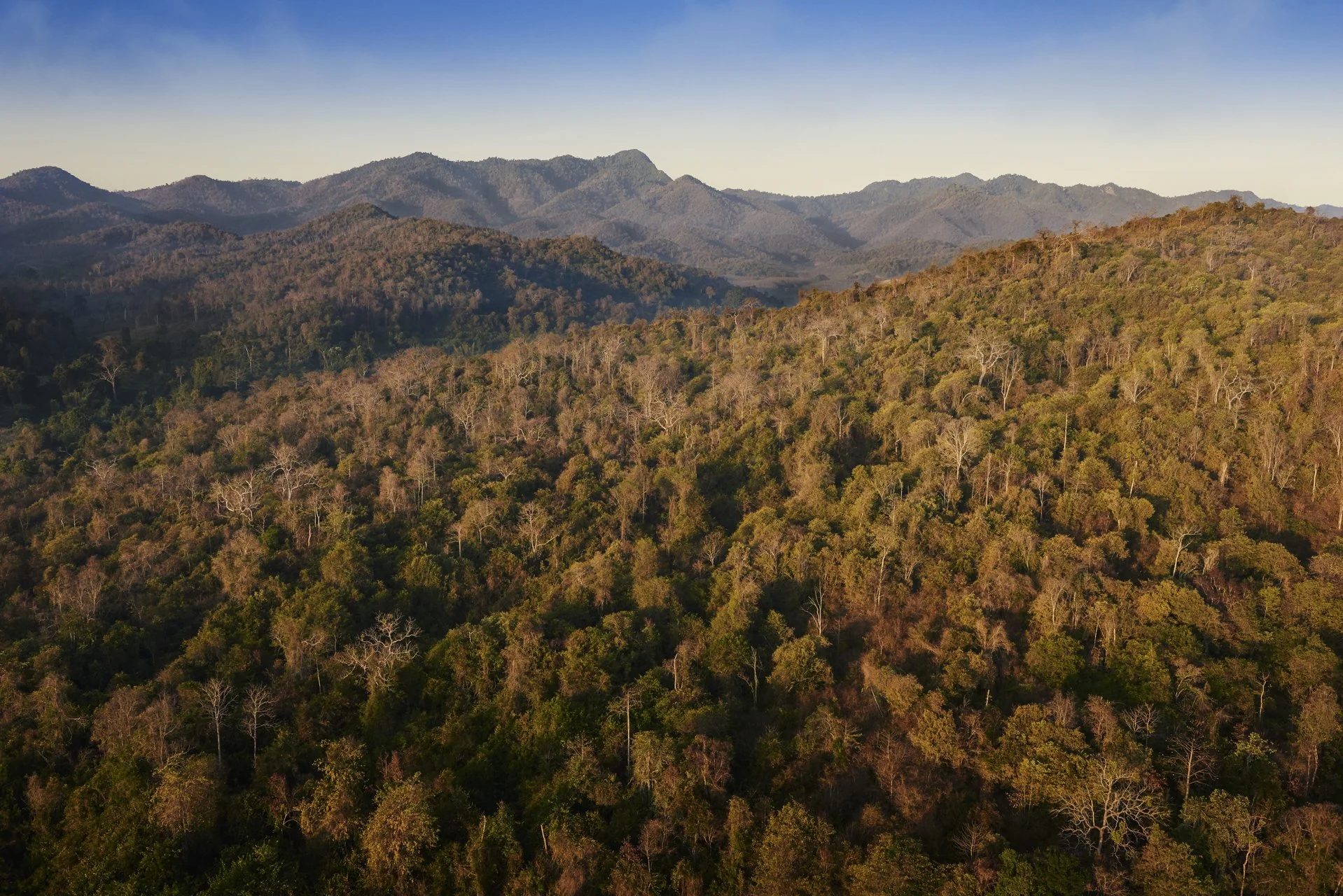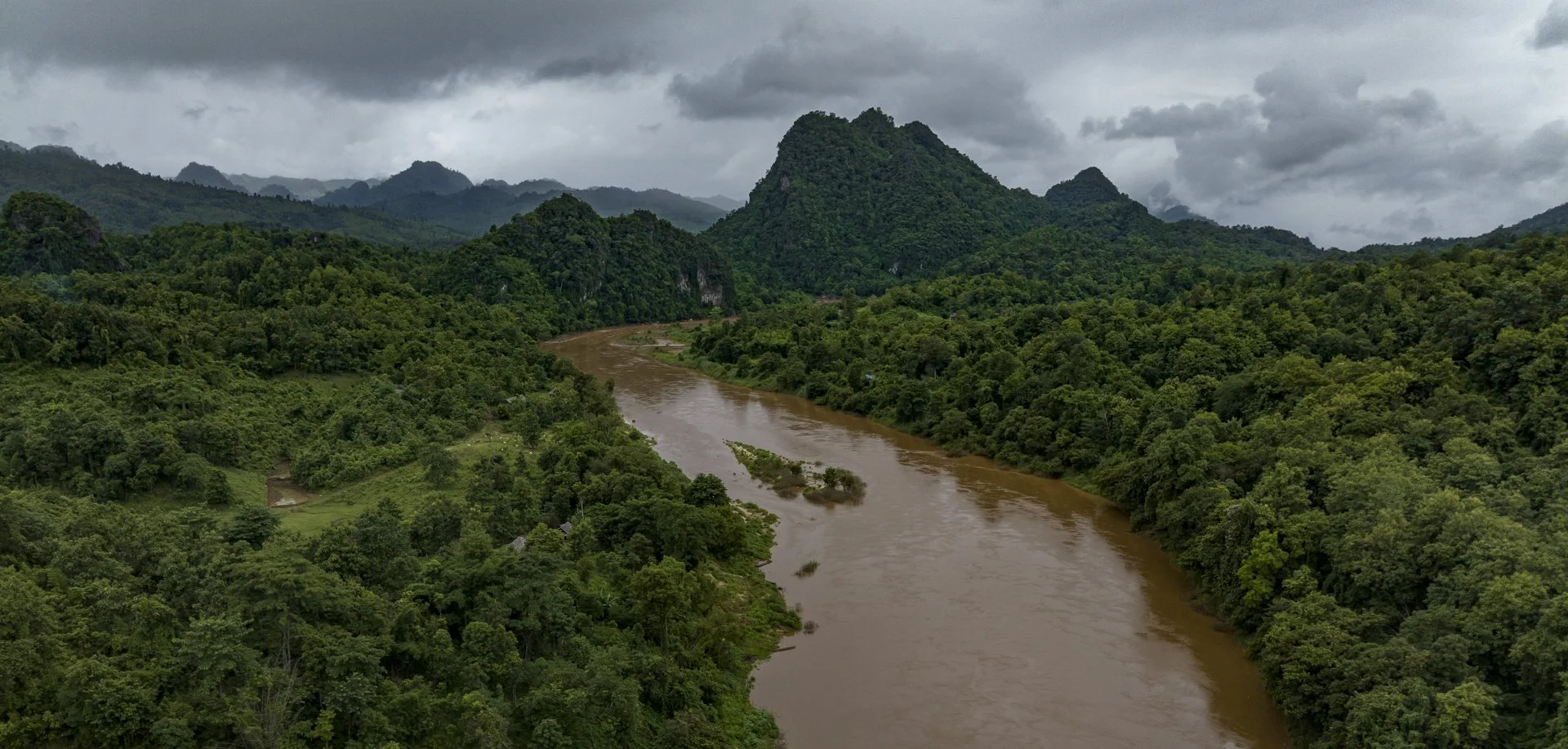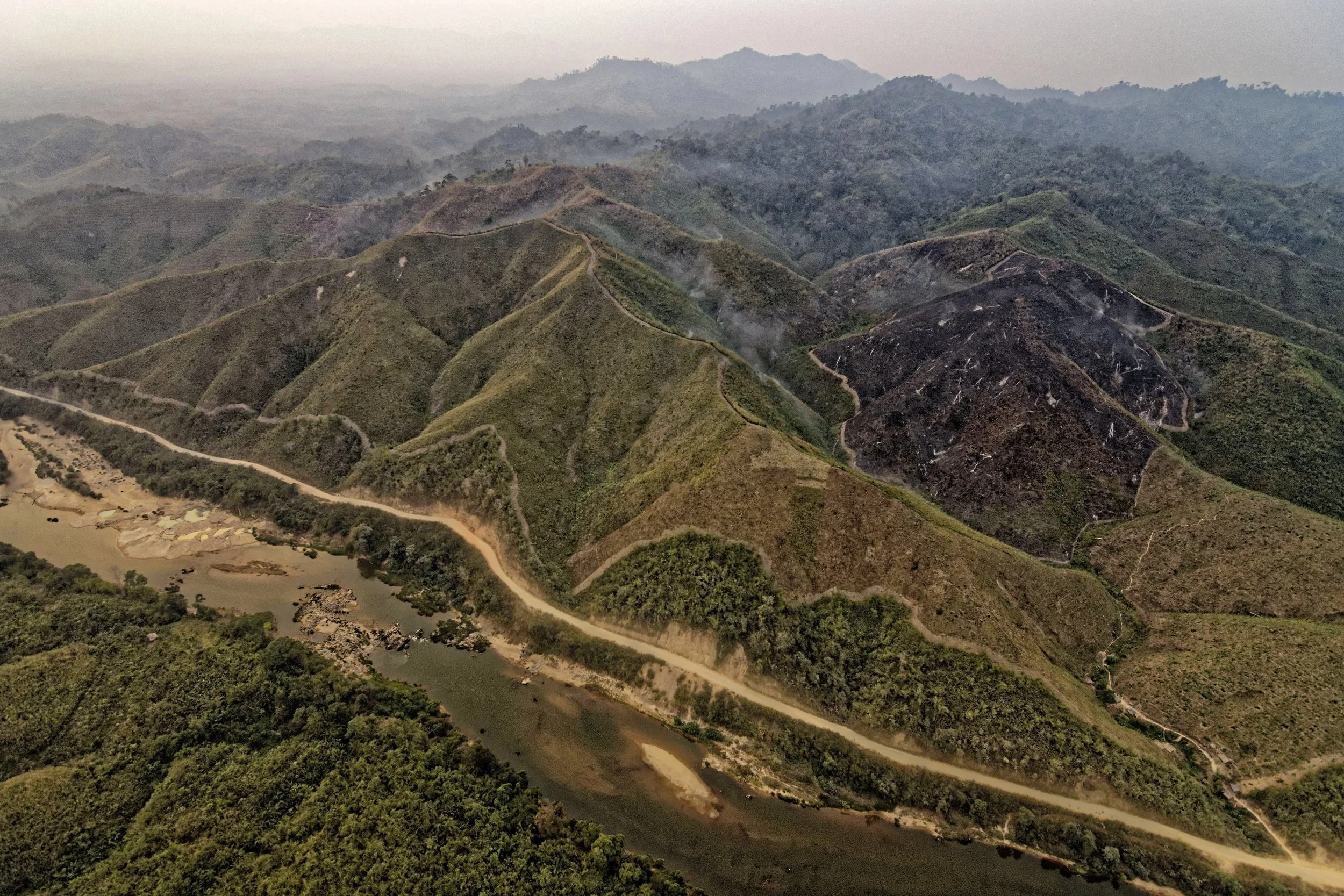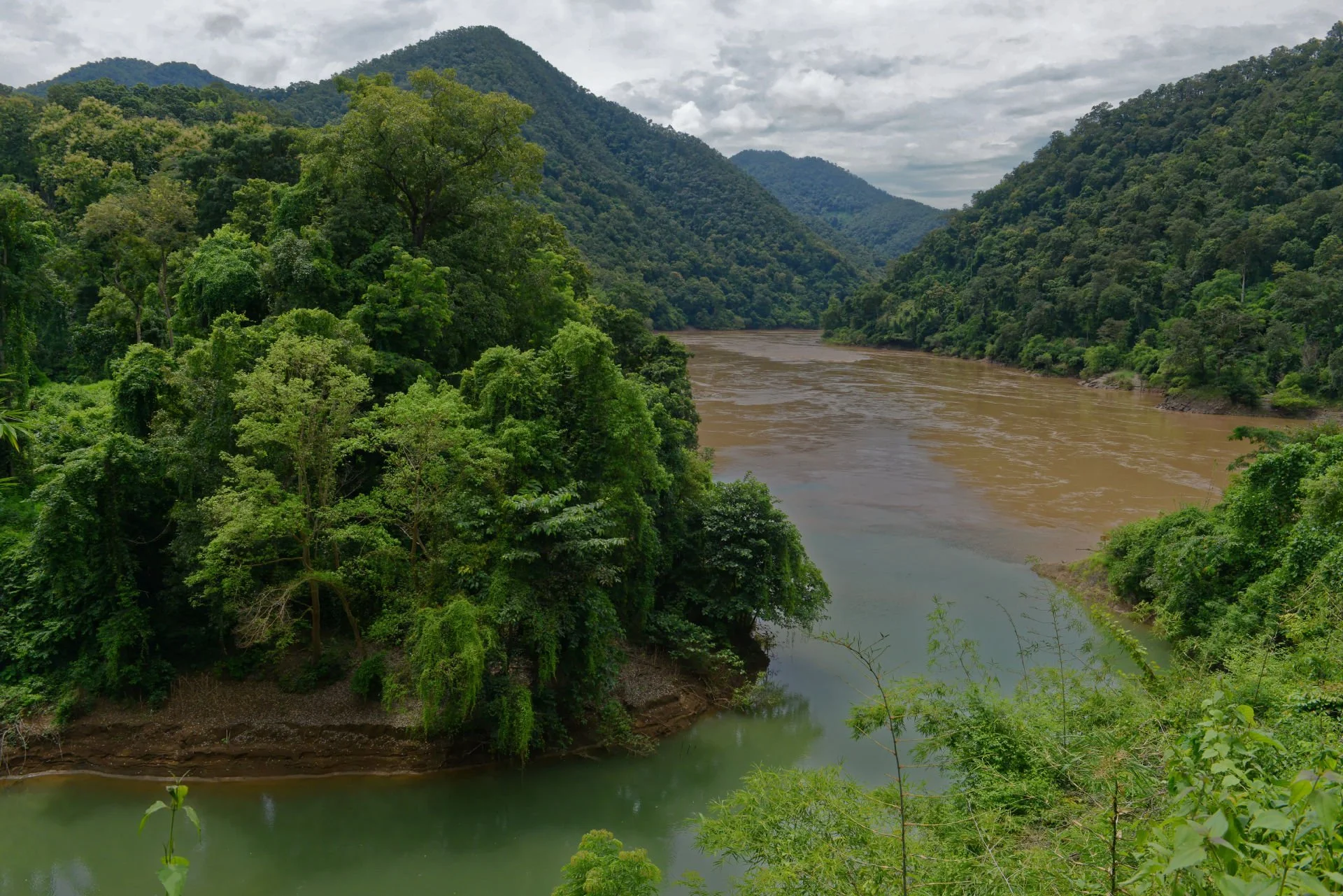Habitat Restoration
The Indo-Burma Hotspot is the most threatened of the earth’s 34 biodiversity hotspots, based on the proportion of original habitat remaining. Threats to many species, sites and landscapes are immediate and severe. Poverty alleviation is central to the achievement of long term conservation goals. Most of Asia’s threats to primary habitats are linked to poverty and conflict, which drives urgent short-term needs that eliminate long-term opportunities for sustainable development and prosperity. Much of the livelihood of indigenous communities is dependent on a healthy natural resource base and the variety of products and services that a productive ecosystem provides.
Unemployment fuels human migration, ethnic tensions, poaching and land tenure conflicts frequently near protected areas. In Myanmar for example, timber, minerals and narcotics have become currency for the purchase of arms, which are used by ethnic groups and communities in to defend their territory and local environment. Infrustructure to accommodate logging and mining enterprises contributes largely to deforestation, hunting and poaching and the destruction of biodiversity. The restoration of forests is an integral component for sustainable subsistence and conservation success.










